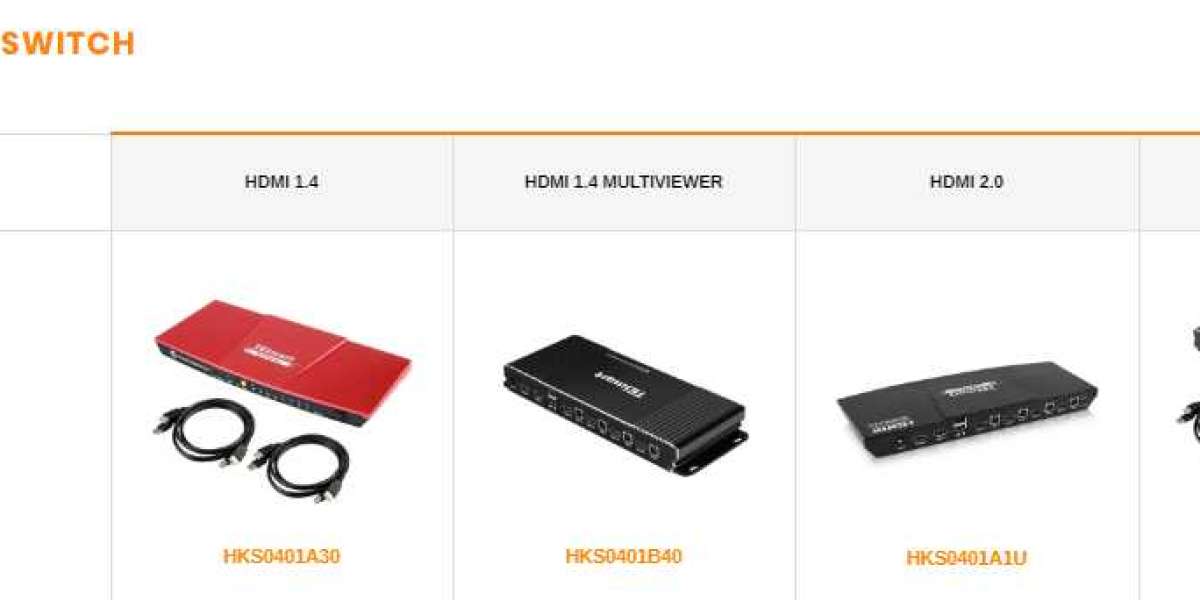Fahrrad Reifen Wechseln is an essential skill every cyclist should master. Whether you're an urban commuter, weekend mountain biker, or long-distance touring enthusiast, flat tires and worn-out treads are inevitable. Knowing how to change your bike tire not only saves time and money but also ensures you’re never stranded mid-ride.
This in-depth guide will walk you through every aspect of the tire-changing process. From the tools you'll need to insider workshop tips, you'll gain the confidence to handle this fundamental bike maintenance task with ease.
Why Tire Changes Are Essential
A bike tire doesn’t last forever. Depending on your riding frequency and surface type, tires can wear out quickly. Here are common reasons for needing a Fahrrad Reifen Wechseln:
Worn tread: Smooth or bald spots reduce grip and increase the risk of slipping.
Frequent flats: Indicates the rubber is thinning or there's hidden damage.
Sidewall cracks: Can cause blowouts, especially under pressure.
Seasonal switching: Some riders swap tires based on terrain or weather.
Replacing your tire before it becomes a hazard is critical for safety, control, and performance.
Tools You'll Need for a Proper Tire Change
Before diving into the process, gather the following tools to make your Fahrrad Reifen Wechseln smooth and efficient:
Tire levers (at least two)
New bike tire (ensure it’s compatible with your rim size)
New inner tube (optional, but recommended)
Bike pump (floor or portable with pressure gauge)
Wrench or Allen key (if wheel removal requires it)
Clean rag or gloves (to keep your hands clean)
Optional:
Patch kit (if reusing inner tube)
Soapy water (for easier tire installation)
Step-by-Step Guide: How to Change a Bicycle Tire
Let’s break down the process into manageable steps:
1. Remove the Wheel
Start by shifting your chain to the smallest gear (rear) to ease rear wheel removal. Flip your bike upside down or use a bike stand. If your bike has quick-release levers, open them and remove the wheel. For bolt-on wheels, use a wrench or Allen key.
Front wheel removal is generally simple.
Rear wheels may require gently moving the derailleur aside while lifting the wheel out.
2. Deflate the Tire Completely
If there’s still air in the tire, release it entirely by pressing the valve core. This makes removing the tire much easier. Make sure the inner tube is completely flat.
3. Pry Off the Tire
Insert a tire lever between the tire bead and rim. Hook the lever under the bead and lift it over the rim. Use a second lever a few centimeters away and slide it around the rim to fully unseat one side of the tire.
If you're only changing the inner tube, it’s fine to leave one side of the tire on. For a full Fahrrad Reifen Wechseln, remove both sides.
4. Remove the Inner Tube
Pull the inner tube out starting at the valve. Be gentle to avoid tearing it. Check the tube for punctures or weak spots if you’re planning to reuse it. If you’re replacing the tire due to frequent flats, it’s wise to insert a brand-new inner tube.
5. Inspect the Rim and Tire
Before installing the new tire, inspect the rim for debris, sharp edges, or damaged rim tape. Run your fingers along the inside of the old tire to check for embedded glass or thorns. Skipping this step could lead to an immediate new puncture.
6. Install the New Tire
Place one bead of the new tire onto the rim. Start at the valve hole and work your way around. Avoid twisting or folding the tire. If you’re also replacing the inner tube, inflate it slightly so it takes shape, then insert it into the tire starting at the valve stem.
Push the valve stem through the rim hole, then tuck the rest of the tube inside the tire evenly.
7. Seat the Second Bead
Begin working the second tire bead over the rim. Start opposite the valve and work both sides evenly. The last portion near the valve is often the tightest. Use your thumbs or a tire lever carefully to avoid pinching the tube.
Make sure the tube isn’t stuck between the tire and the rim—this can cause a pinch flat when inflating.
8. Inflate the Tire
Pump the tire slowly while checking that the bead is seated evenly all around. Inflate to the recommended PSI, which is typically printed on the tire sidewall. Do not overinflate. For mountain bikes, 30–40 PSI is common; road bikes typically need 80–120 PSI.
Give the wheel a spin and inspect for any bulges or uneven areas. If it spins true and looks balanced, you’re good to go.
9. Reinstall the Wheel
Slide the wheel back into the frame dropouts. For the rear, align the chain on the smallest cog and gently guide the derailleur out of the way. Secure the quick-release lever or tighten bolts. Give the wheel a spin to ensure it’s installed properly.
10. Test Ride
Before embarking on a long ride, take a short test spin. Ensure proper alignment, braking, and smooth rotation. If everything feels normal, your Fahrrad Reifen Wechseln is a success.
Pro Tips from the Workshop
Always carry a spare tube, patch kit, and mini pump during rides.
Practice tire changes at home before attempting one on the road.
For stubborn tires, warm them slightly with a hairdryer to soften the rubber.
Double-check tire direction; many tires have a recommended rotational direction.
When to Replace vs. Repair
Small punctures in the inner tube can be patched, but repeated flats or a visibly worn-out tire means replacement is necessary. Tires should be replaced every 2,000–4,000 km, depending on usage and terrain.
Common Mistakes to Avoid
Pinching the inner tube with tire levers during installation
Inflating the tire without checking bead seating
Not aligning tire labels with valve stem (makes PSI reading easier)
Using the wrong tube or tire size
Conclusion
Knowing how to perform a Fahrrad Reifen Wechseln is one of the most empowering skills a cyclist can acquire. Not only does it save money and time, but it gives you peace of mind knowing you can handle emergencies on the road or trail.
With the detailed guide and professional insights from Fahrrad Reifen Wechseln, you now have all the tools, techniques, and knowledge you need to confidently tackle a tire change. So the next time your ride hits a bump—or a nail—you’ll know exactly what to do.






